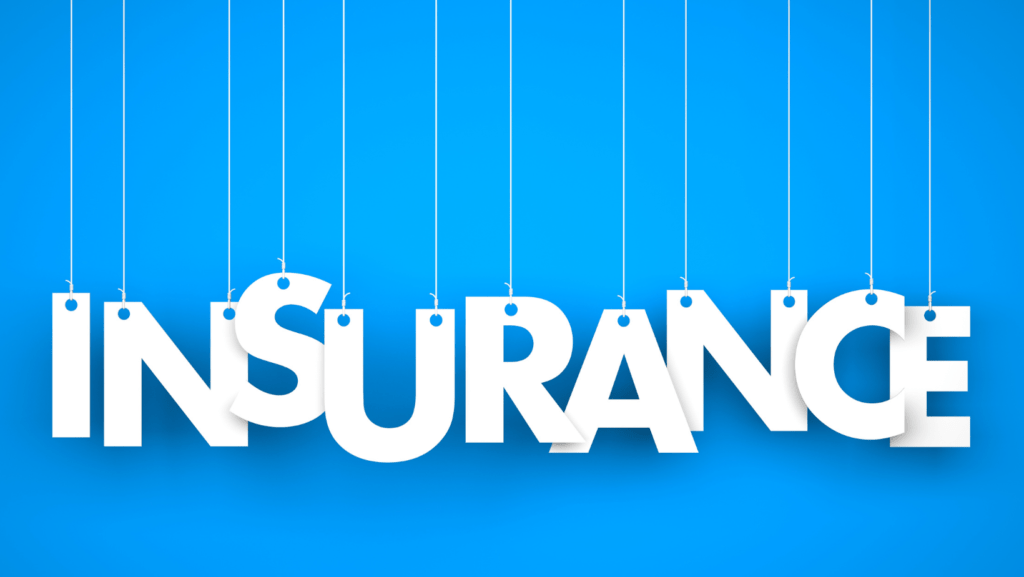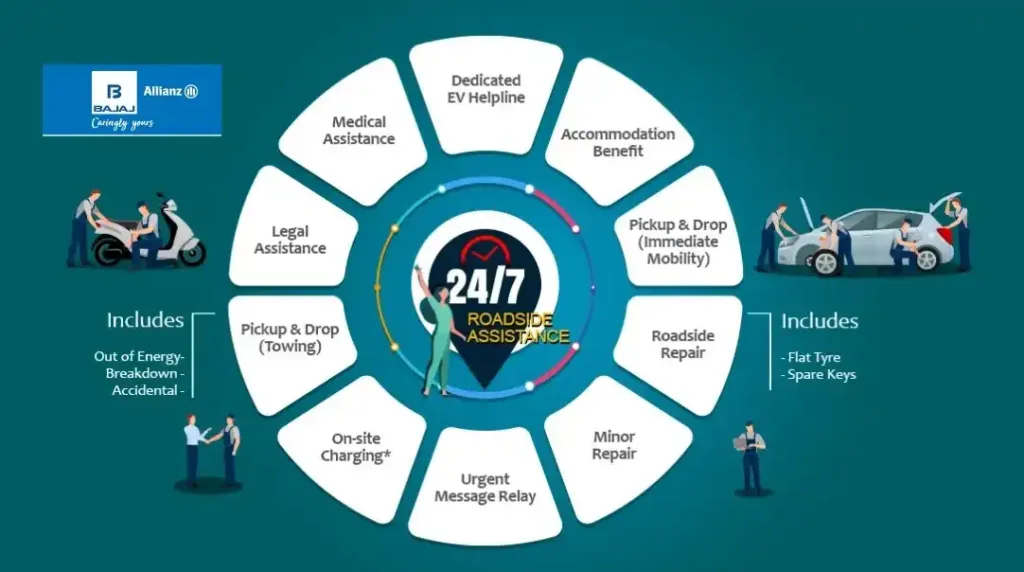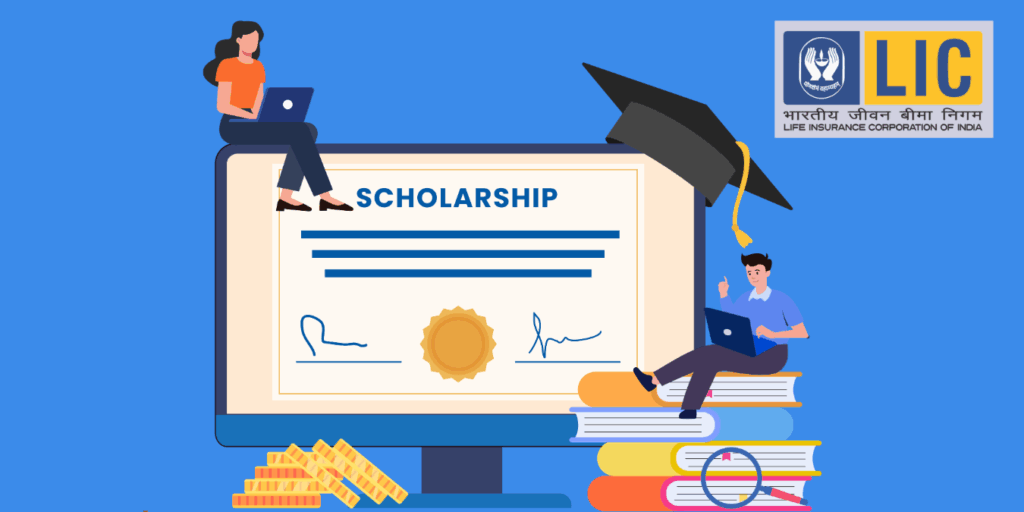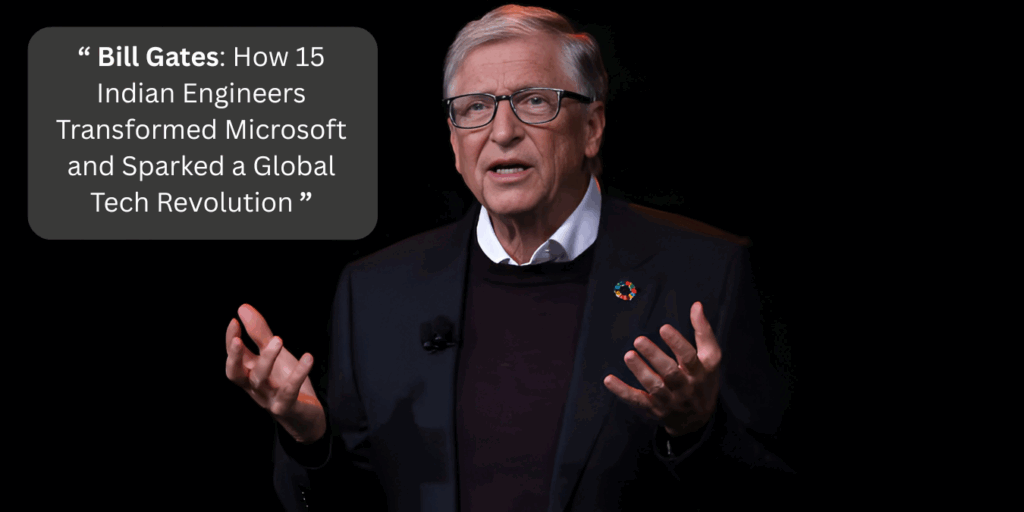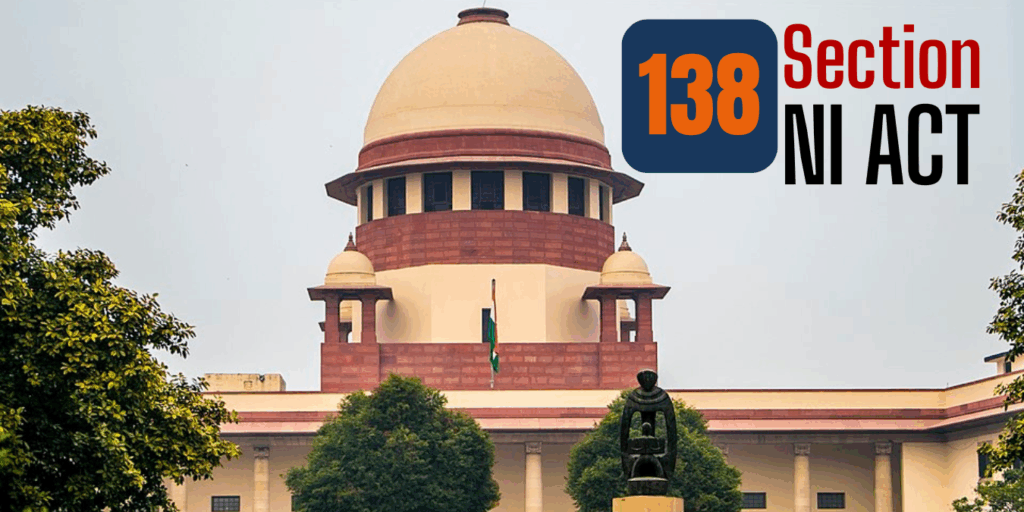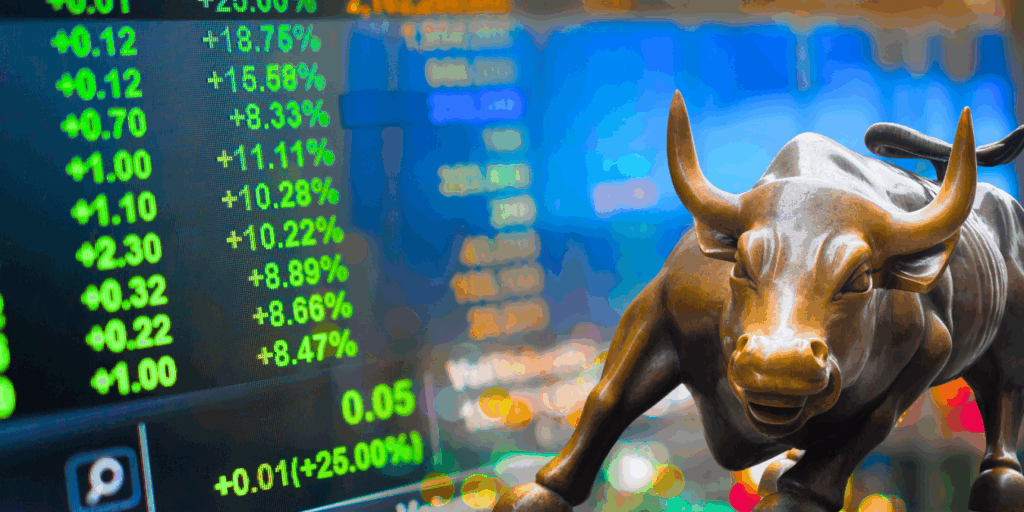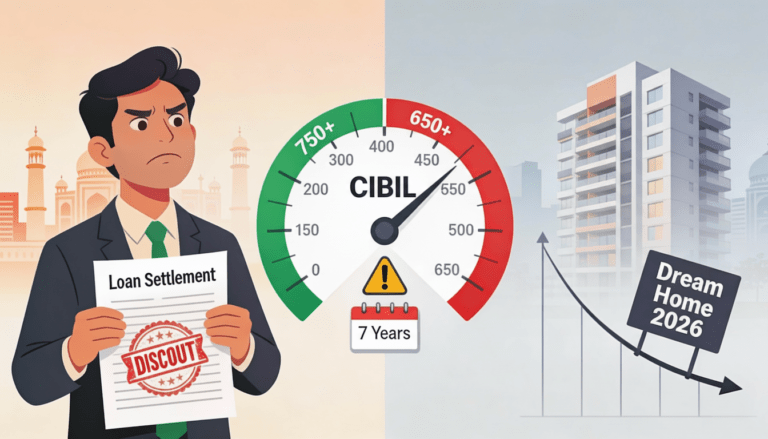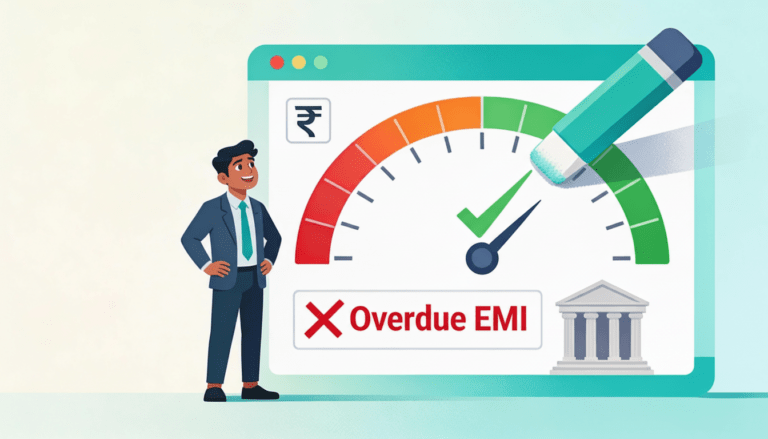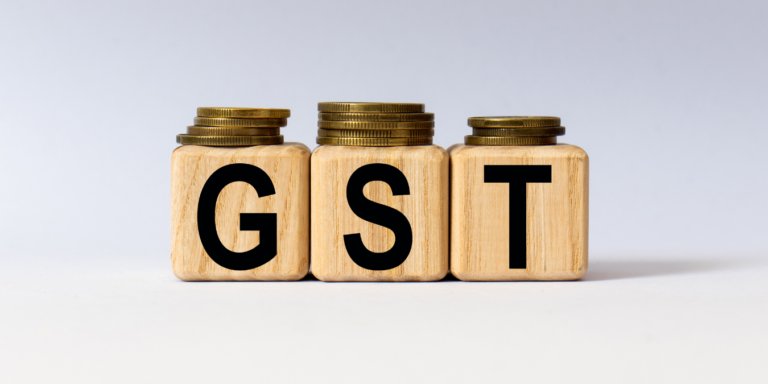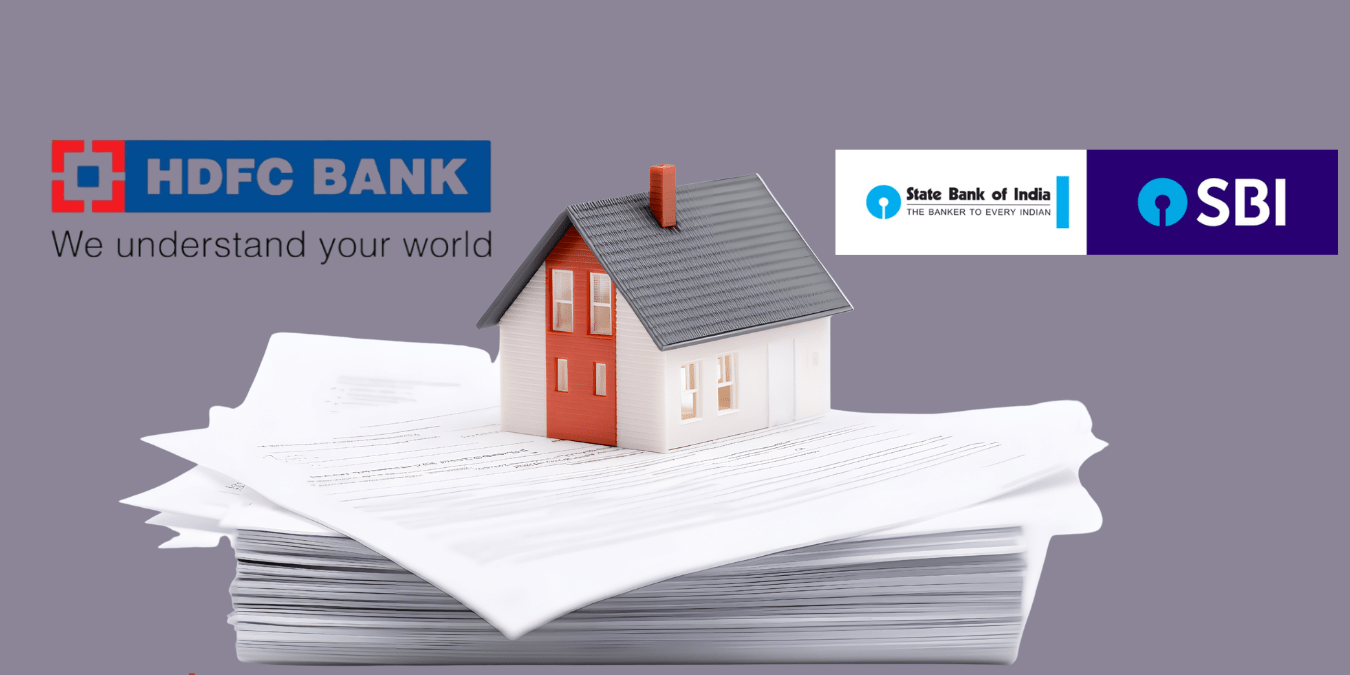
HDFC vs SBI Home Loan 2025: Which Bank Wins on Real Savings?
A new 2025 twist in India’s home loan war is shocking borrowers. SBI and HDFC’s unseen fees, secret rate traps, and surprising festive offers could cost—or save—you lakhs. Discover which hidden rule banks don’t reveal before your next EMI decides your financial future.
Buying a home is no longer just a dream—it’s an emotional milestone. Yet, the path to turning “mera ghar” into reality depends on one crucial decision: choosing the right home loan. And in India, that often boils down to two titans—HDFC Bank and the State Bank of India (SBI).
But which one truly gives better value in October 2025? Which hides fewer fine-print shocks, and which offers smarter festive benefits? Let’s break the silence and uncover the real differences between India’s leading housing loan providers.
Why This Battle Matters in 2025
The 2025 housing market in India is buzzing again. Post-pandemic corrections, new ready-to-move projects, and government incentives have drawn millions back to home ownership. The Diwali season adds extra sparkle—banks slash rates, waive processing fees, and compete fiercely for borrowers’ trust.
According to Paisabazaar and RBI data, housing credit grew 13.8% in FY 2024–25, driven mainly by competitive pricing from SBI, HDFC, and ICICI. For salaried professionals and self-employed Indians, comparing the top two isn’t just financial strategy—it’s survival of the financially fittest.
The Quick Snapshot: HDFC vs SBI Home Loan 2025
Here’s the crisp, no-nonsense comparison you need right now.
| Feature | HDFC Home Loan (2025) | SBI Home Loan (2025) |
| Interest Rate (October 2025) | 7.90% – 9.95% p.a. | 7.50% – 8.70% p.a. |
| Loan Tenure | Up to 30 years | Up to 30 years |
| Maximum Loan Amount | Up to ₹10 crore | Up to ₹10 crore |
| Processing Fees | Up to 0.50% (Min ₹3,000) + GST | 0.35% (₹2,000–₹10,000) + GST |
| Prepayment Charges | Nil for floating-rate loans | Nil |
| Interest Type | Fixed + Floating mix available | Floating (linked to Repo Rate) |
| Special Festive Offer | 0.05% discount for women borrowers | Diwali special discount, 10bps concession |
Story Behind the Numbers: The Subtle Differences
1. Interest Rate Insight: Repo vs Retail
SBI’s home loan is pegged to the RBI’s repo-linked External Benchmark Lending Rate (EBLR)—a transparent, market-tracked system. When RBI lowers repo rates, SBI customers instantly benefit.
HDFC, meanwhile, follows a Retail Prime Lending Rate (RPLR) structure, giving more flexibility but slightly slower rate transmission. In reality? During mid-2025, SBI dropped effective home loan rates by 0.1% faster than HDFC after the RBI’s marginal rate cut in June.
Quick takeaway: SBI reacts faster to policy cuts; HDFC offers predictable stability for long-term planners.
2. Hidden Costs or Smart Savings?
Processing fees, though often ignored, can quietly eat into your budget. HDFC’s 0.50% can mean ₹25,000 on a ₹50 lakh loan. SBI caps it at ₹10,000—making it more borrower-friendly. However, HDFC frequently runs no-fee digital campaigns during festive pushes like Dussehra Sales 2025.
Pro tip: If you’re applying during Diwali or online via credit-card-preapproved offers, HDFC can surprisingly become 100% fee-free. That’s a secret worth noting.
3. Loan Flexibility & Schemes
HDFC leads with specialized products—Plot + Construction, Top-Up, NRI housing, and Home Extension loans. It even offers a combo “Smart Top-Up” loan that allows additional borrowing after 12 months of repayment—ideal for home renovation or furniture upgrades.
SBI, however, dominates the “mass market” with digitally integrated loans via YONO app. The SBI MaxGain Home Loan remains a customer favorite—it acts like an overdraft, letting you park surplus funds and reduce interest payments smartly.
Best for creativity: HDFC
Best for simplicity: SBI
4. Eligibility & Documents
Both banks cater to India’s salaried and entrepreneurial class. But the way they evaluate applicants differs dramatically.
- SBI relies heavily on CIBIL scores (750+ often gets the best rates). It’s strict with documentation but extremely transparent in calculations.
- HDFC embraces salaried, self-employed, and even agricultural borrowers. It also uses internal analytics to relax income-document requirements in select locations, especially Tier-II cities.
HDFC Edge: Easier approval for mixed income or business-class borrowers.
SBI Edge: Lower risk-based pricing and better rewards for high CIBIL scorers.
5. Festive Season 2025: Real-World Deals
India’s real estate buzz this Diwali is unlike any previous year. Builders in Mumbai, Pune, and Bengaluru are bundling “zero down payment” offers with bank-partnered tie-ups.
SBI recently announced a “Shagun Home Loan Offer”—interest concession of up to 0.10% and a ₹1 lakh home insurance waiver for first-time buyers under 40 years.
HDFC’s Festive Treats 2025 campaign is equally flashy, offering home loan rates starting 7.90% with Amazon voucher rewards and pre-approved instant sanction letters.
Smart Festive Choice: SBI for affordability, HDFC for digital rewards and instant approvals.
EMI Face-Off: Let’s Do the Math
Imagine you’re buying a ₹50 lakh home and need ₹40 lakh via a 20-year loan.
| Parameter | HDFC Loan | SBI Loan |
| Principal | ₹40,00,000 | ₹40,00,000 |
| Average Interest | 8.60% p.a. | 8.00% p.a. |
| EMI (Approx) | ₹35,020 | ₹33,450 |
| Total Interest Over Tenure | ₹44.0 lakh | ₹40.3 lakh |
| Net Savings Choosing SBI | — | ₹3.7 lakh |
Verdict: If monthly affordability is your top goal, SBI saves you about ₹1,500 every month. But if you prefer premium service, flexible repayment, and quick online processes, HDFC’s extra EMI could be worth it.
The Customer Experience Factor
Numbers aside, emotional comfort matters. Let’s talk experience—real stories of 2025 consumers.
HDFC Experience
- Strong digital interface via SmartHub, instant sanction letters, and remote document upload.
- Consistent follow-ups; borrower feels “guided.”
- Slightly longer post-approval disbursement timelines.
SBI Experience
- Smooth YONO integration: complete process from home.
- Slight bureaucratic delays during physical verification stages.
- Trusted government-backed feel—ideal for conservative families.
One viral X (formerly Twitter) thread even shows millennial users praising SBI’s clarity in foreclosure and rate resets, while HDFC wins hearts for its “one-click top-up loan” convenience.
Reading the emotions, you’ll find:
SBI’s reputation = Safety + Transparency.
HDFC’s charm = Speed + Smart Flexibility.
The Women Borrower Advantage
In 2025, most major banks are rewarding female homebuyers—a major policy trend. SBI offers 0.05% interest concession for women, while HDFC promotes joint ownership loans with women as co-applicants to maximize tax advantage and discount eligibility.
These aren’t small perks—they translate to ₹40,000–₹60,000 in lifetime interest savings for a 20-year, ₹30 lakh loan.
Tech, AI, and the “Future” Edge
This year, both banks tapped AI for smarter lending models.
- SBI YONO 2.0 uses predictive credit models to approve small-ticket home loans in under 15 minutes.
- HDFC SmartEvaluate uses data analytics to estimate property value within seconds, reducing fraud and manual approval lag.
The 2025 housing landscape is about digital trust—and both giants are aggressively modernizing. But SBI’s advantage lies in its government digital infrastructure; HDFC wins with smoother UX and customer support.
Safety, Transparency, and Stability
A shocking yet relevant fact: In October 2025, several small HFCs faced credit rating downgrades due to exposure to high-risk real estate zones. Meanwhile, SBI and HDFC remain India’s most trusted housing financiers, both A1+ rated with rock-solid balance sheets.
If stability and peace of mind are your top priorities—either of these two deserves your faith.
Smart Home Loan Hacks (October 2025)
Here are quick, practical tips before you pick your side:
- Time your loan during festive season—flat ₹10,000 to ₹25,000 savings on processing fees.
- Always compare effective interest, not headline rates (repo-linked loans change monthly).
- Women co-applicants? Always apply jointly—hidden rate benefits apply.
- Check prepayment lock-in periods on HDFC fixed loans before switching to floating.
- Use SBI MaxGain’s OD benefits—deposit salary or bonuses to cut EMIs faster.
Who Should Choose Which Bank in 2025?
| Profile Type | Recommended Lender | Why |
| First-time salary buyer | SBI | Lowest interest, transparent rates |
| Business owner/self-employed | HDFC | Easier documentation, flexible top-up |
| NRI investor | HDFC | NRI-focused home finance packages |
| Budget-conscious buyer | SBI | Repo-linked lowest rates |
| Digital-savvy user | HDFC | Fast approval + app-driven process |
| Joint family buyer | SBI | Broader co-applicant benefits |
Key Takeaways: The Hidden Truth
- SBI home loan rates in October 2025 start from 7.50%, currently India’s most affordable mainstream option.
- HDFC offers stronger product variety and digital approval speed, starting at 7.90%.
- Festive season deals mean zero fees and ₹10,000+ savings, depending on borrower profile.
- For short-term loans, SBI wins; for customized long-term structures, HDFC leads.
- Both banks are equally safe, regulated, and digitally advanced. It’s about matching your personality to the product.
Final Thought: The 2025 Borrower’s Dilemma
In 2025, choosing between SBI’s steady transparency and HDFC’s flexible personalization feels like picking between safety and speed. But here’s the real twist—most borrowers lose money not because they choose the wrong bank, but because they don’t time the right offer window. Right now, as India enters the peak Diwali season, interest rates are near their year-low and property markets are heating up again. The smart money is moving fast. The question is—will you catch the rate drop before it vanishes or let the “perfect loan moment” slip quietly away?
Disclaimer: The use of any third-party business logos in this content is for informational purposes only and does not imply endorsement or affiliation. All logos are the property of their respective owners, and their use complies with fair use guidelines. For official information, refer to the respective company’s website.




